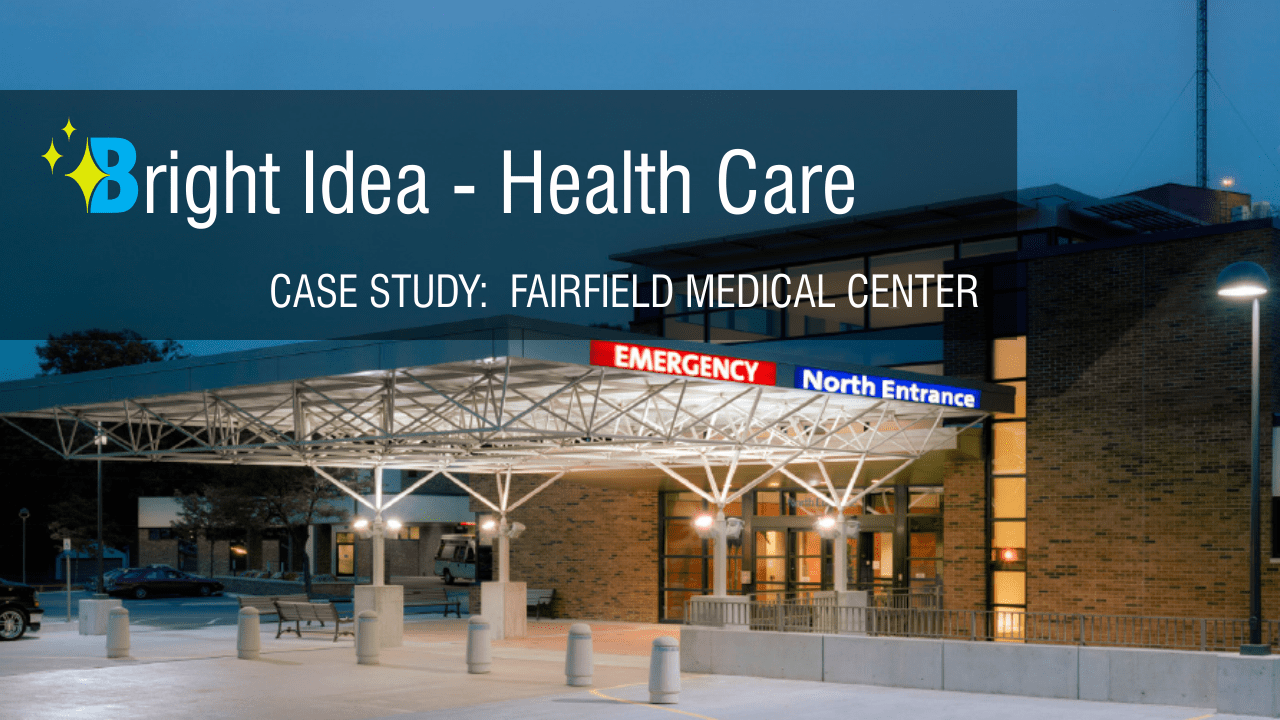
Fairfield invested more than $55,000 in parking lot and garage lighting upgrades, receiving more than $16,600 in incentives in the process – effectively offsetting 30% of the hospital’s capital costs.
For Fairfield’s two engineering professionals, although the installation of LED lighting was an expensive step, “we wanted to be ahead of the game,” Cupp said. By installing LEDs we’re not only saving more energy, but we’re more effectively and aggressively controlling our costs.” Burgess added that by demonstrating to hospital administrators the energy savings produced plus the incentives Fairfield received from AEP Ohio, “it makes it easier for us going forward with additional energy saving ideas.”
Read the full report: https://www.aepohio.com/global/utilities/lib/docs/save/business/programs/SuccessStories/FairfieldMedical_CaseStudy9-2014.pdf

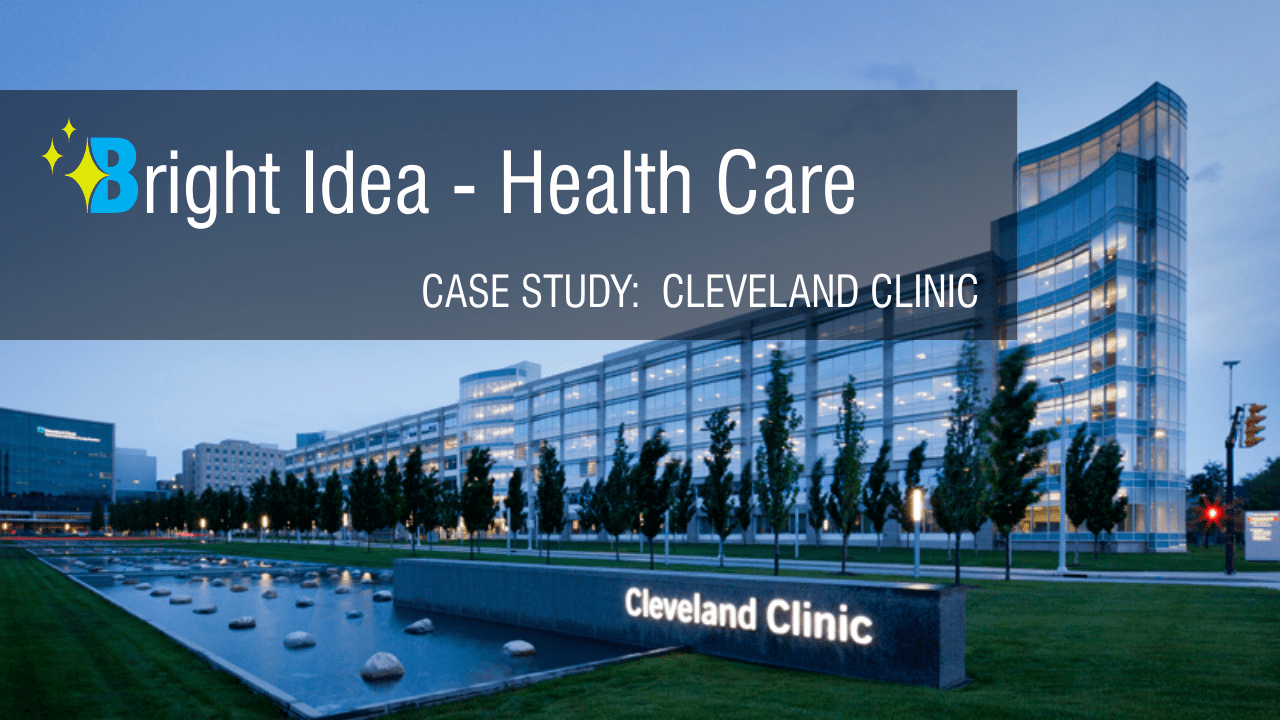

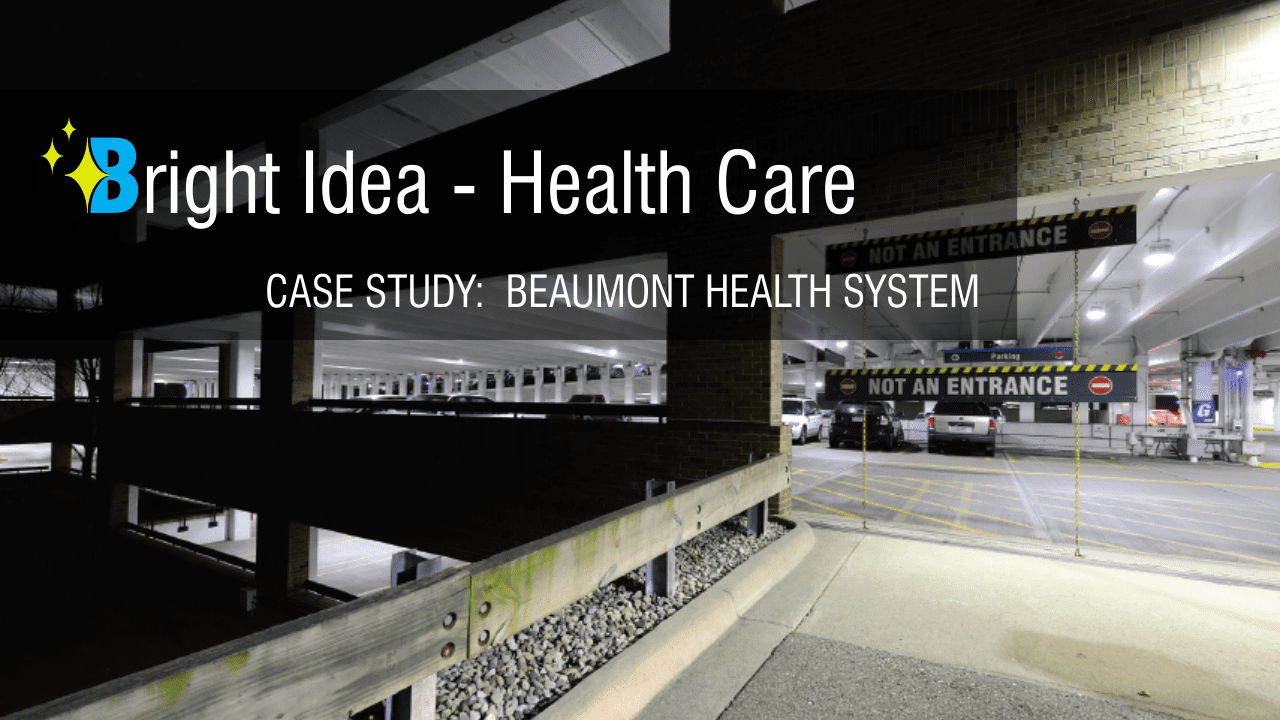
 As part of ongoing activities for Beaumont Health System that include Facility Management and Energy and Sustainability Services (ESS), Jones Lang LaSalle has been asked to keep the hospital apprised of prospective new sustainable technologies as they emerge. As part of that process, we had learned about a breakthrough Heat Spreader™ technology used by the Future Energy Group LLC to limit the junction box temperature far below previous “normal” levels, allowing for the modules to run at only one degree C above ambient temperature. Keeping circuit boards cooler enables 100,000+ hour fixture life and increased efficiency – which translates into higher output – enabling lower wattage output to be used in many commercial applications.
As part of ongoing activities for Beaumont Health System that include Facility Management and Energy and Sustainability Services (ESS), Jones Lang LaSalle has been asked to keep the hospital apprised of prospective new sustainable technologies as they emerge. As part of that process, we had learned about a breakthrough Heat Spreader™ technology used by the Future Energy Group LLC to limit the junction box temperature far below previous “normal” levels, allowing for the modules to run at only one degree C above ambient temperature. Keeping circuit boards cooler enables 100,000+ hour fixture life and increased efficiency – which translates into higher output – enabling lower wattage output to be used in many commercial applications.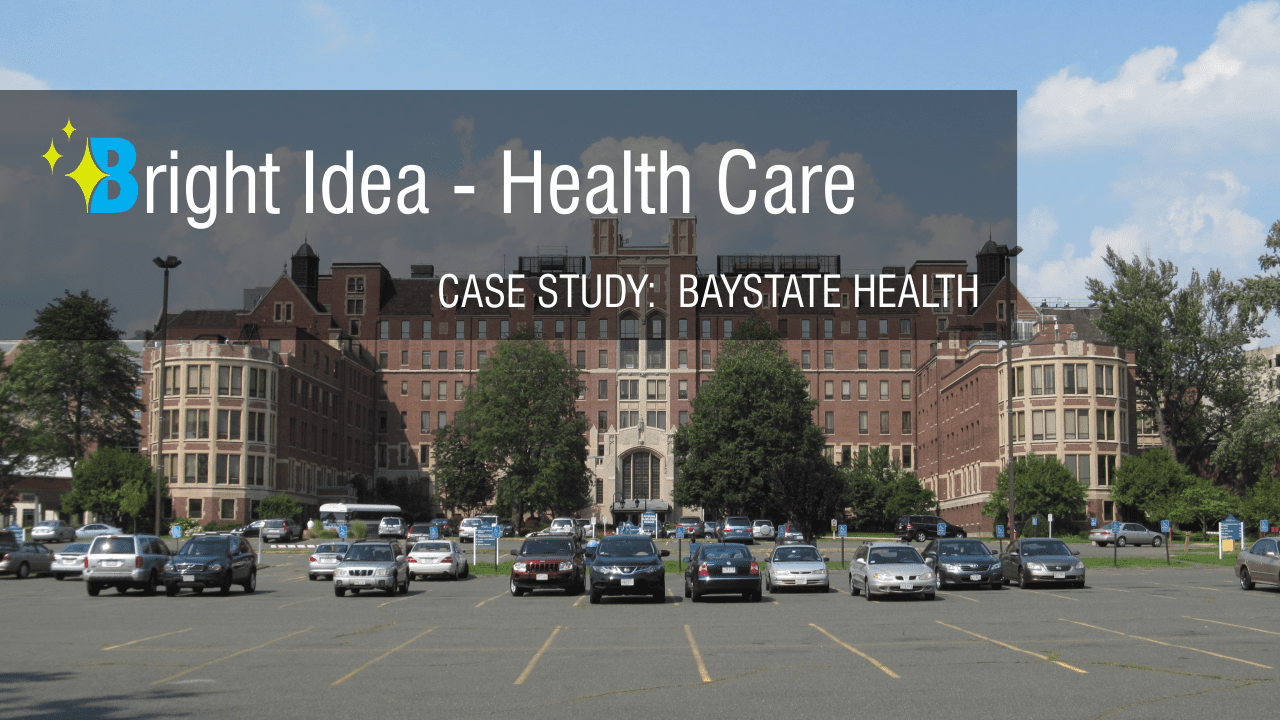
 Baystate Health’s (Baystate) ambition is for the health system to become the leader in helping create the most energy efficient, safe and effectively managed buildings in the health care industry.
Baystate Health’s (Baystate) ambition is for the health system to become the leader in helping create the most energy efficient, safe and effectively managed buildings in the health care industry.

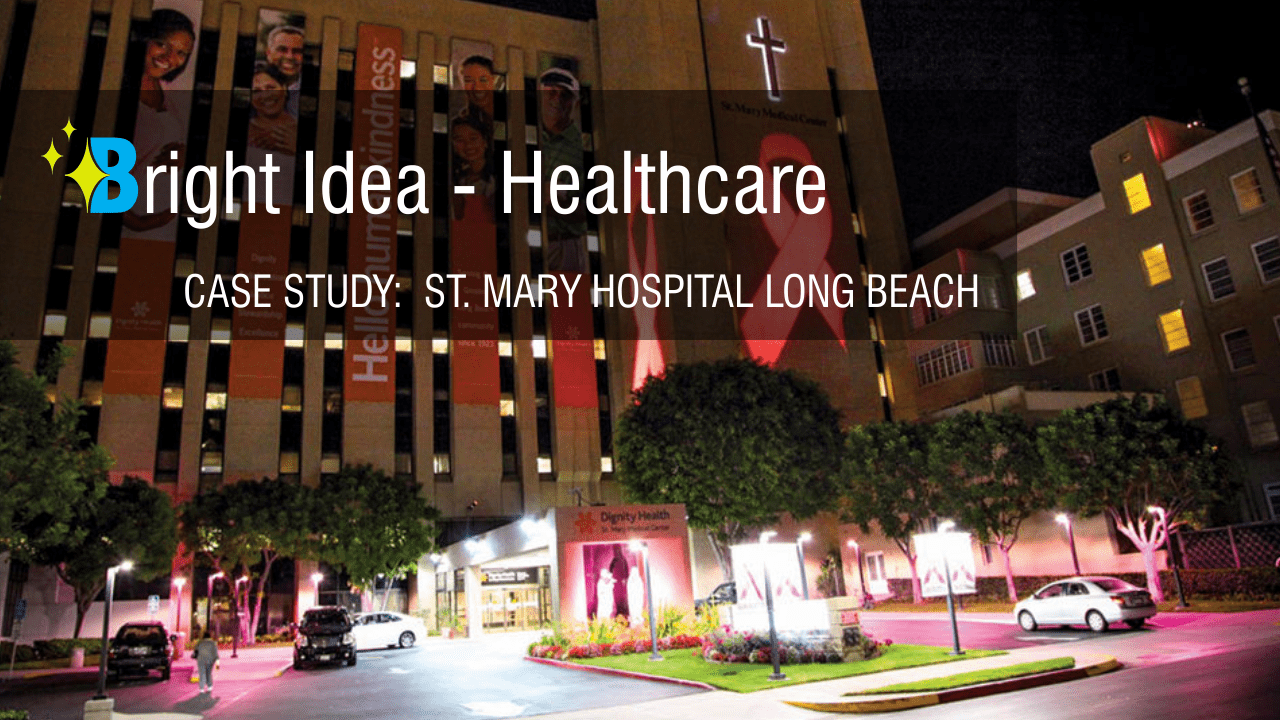

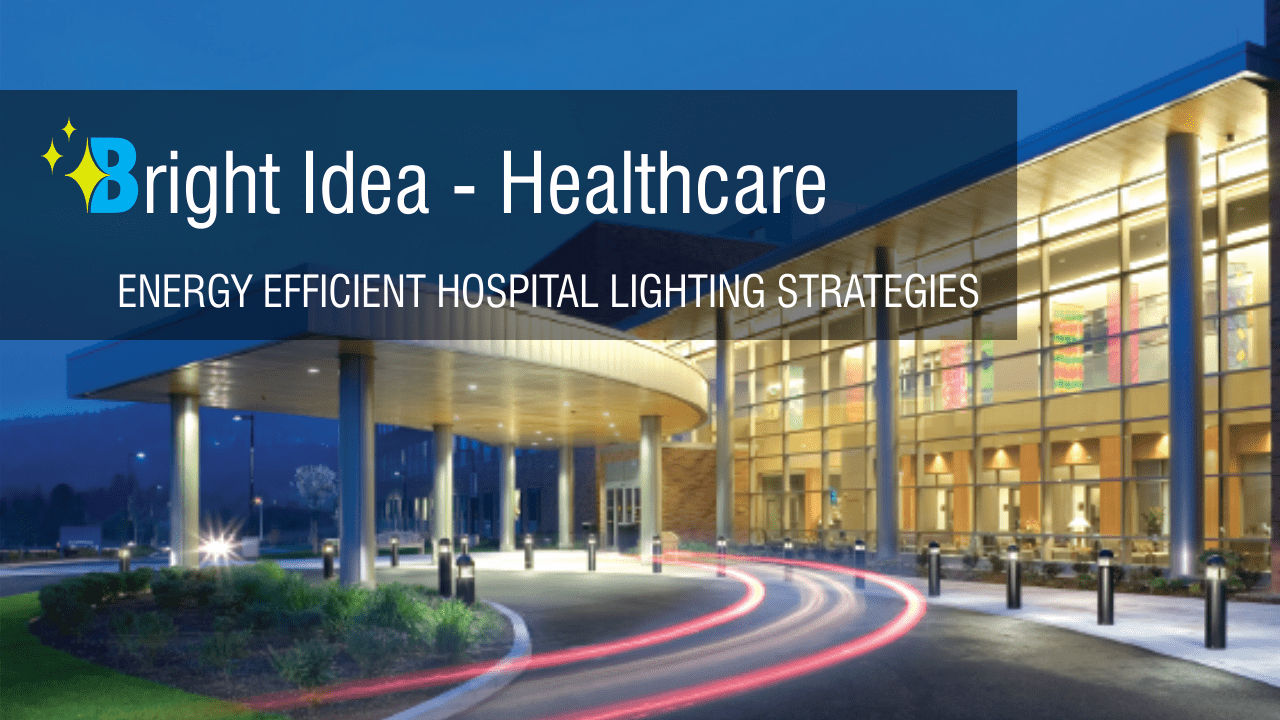
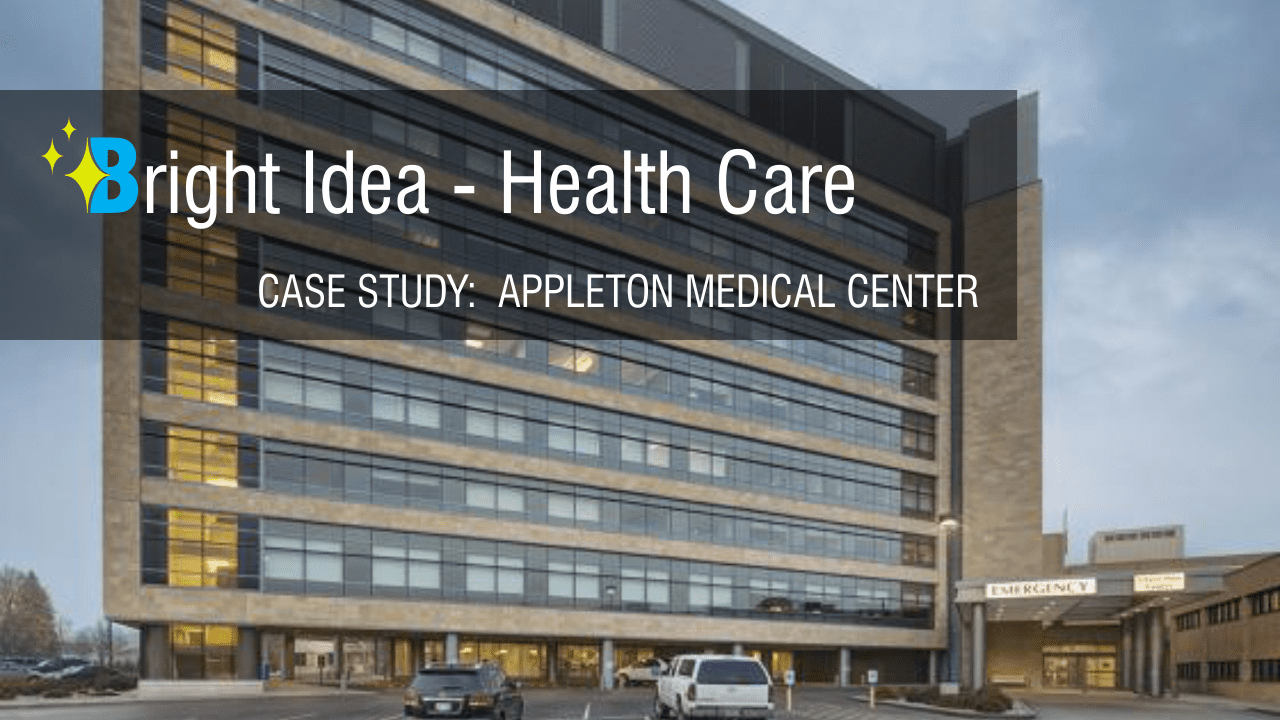
 With 7 hospitals and 22 physician locations serving more than 9 Wisconsin counties, ThedaCare has ample room to implement and reap the benefits of building efficiency measures. At the Appleton Medical Center, ThedaCare’s Lighting Energy Efficiency in Parking (LEEP) Campaign Award winning project involved replacing inefficient medium-wattage HID lighting fixtures at a 126,000 square foot parking structure with high efficiency low-wattage LED fixtures. The resulting energy savings exceed 80 percent of the previous usage. A 100-year old company and the third largest health care employer in Wisconsin, ThedaCare has now implemented LED exterior lighting throughout Appleton Medical Center.
With 7 hospitals and 22 physician locations serving more than 9 Wisconsin counties, ThedaCare has ample room to implement and reap the benefits of building efficiency measures. At the Appleton Medical Center, ThedaCare’s Lighting Energy Efficiency in Parking (LEEP) Campaign Award winning project involved replacing inefficient medium-wattage HID lighting fixtures at a 126,000 square foot parking structure with high efficiency low-wattage LED fixtures. The resulting energy savings exceed 80 percent of the previous usage. A 100-year old company and the third largest health care employer in Wisconsin, ThedaCare has now implemented LED exterior lighting throughout Appleton Medical Center.